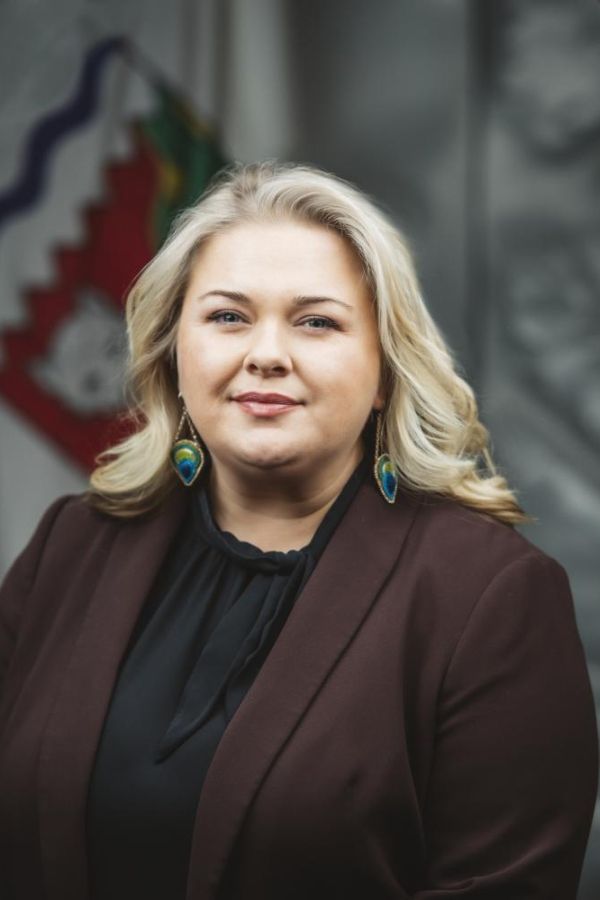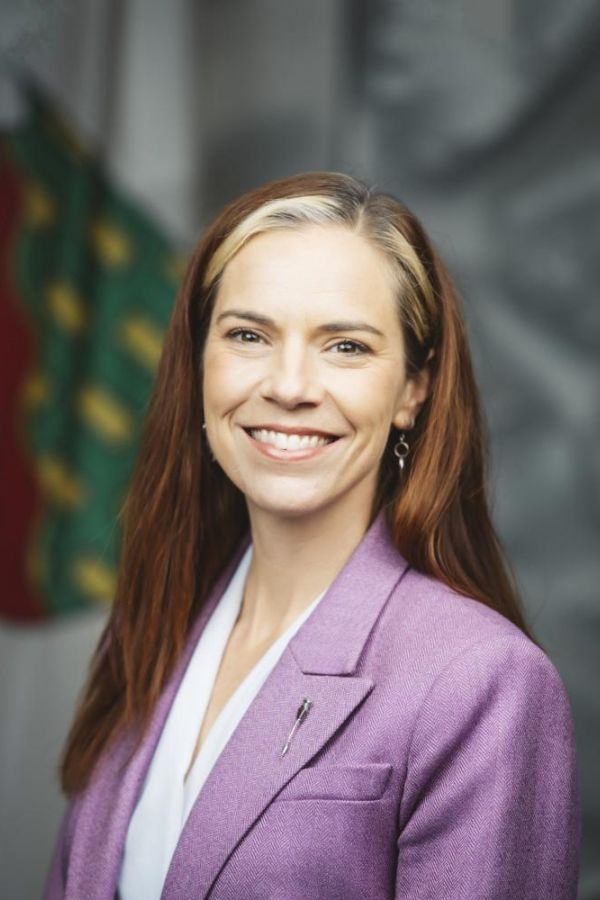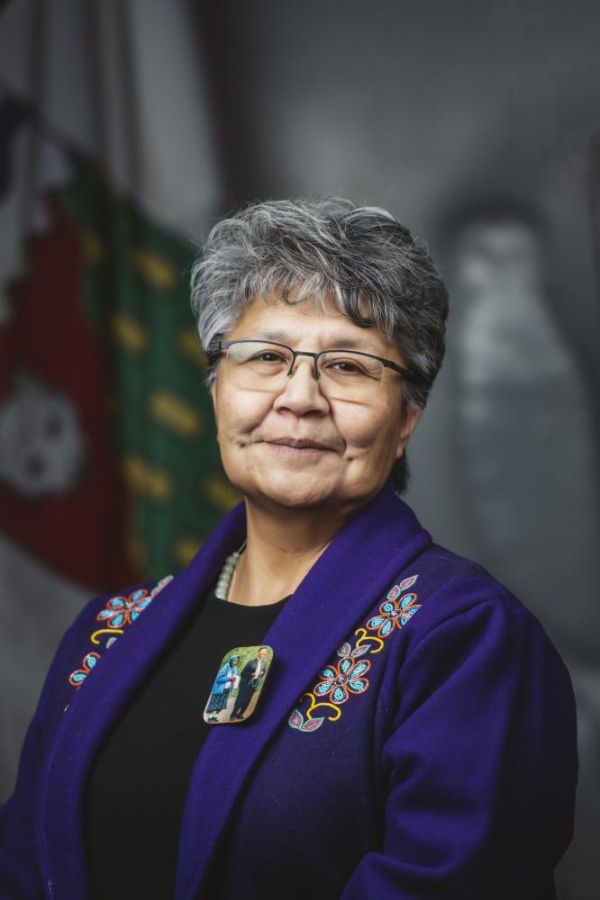Return to Written Question 39-19(2): Mining Programs and Subsidies
Mr. Speaker, I have a Return to Written Question 3919(2) asked by the Member for Frame Lake on March 10th, 2022, to the Minister of Industry, Tourism and Investment regarding mining programs subsidies.
I am pleased to provide a brief explanation as requested for each of the programs and subsidies for mining provided by the Government of the Northwest Territories included in the written question. Later today, at the appropriate time, I will table a document entitled, "Value of Work Completed Under the Work Credit Program 20152022".
The Northwest Territories Mining Incentive Program, or MIP, provides funding to prospectors and exploration companies who propose new exploration projects or are already carrying out NWT mineral exploration work. The MIP is intended to stimulate and sustain mineral exploration activities throughout the NWT and reduce the risk associated with grassroots mineral exploration; exploration that is vital to a healthy, sustained, and productive mining industry.
In 202122 the MIP program was supported by a onetime increase of $500,000 from the Canadian Northern Economic Development Agency to support economic recovery of the NWT's mineral industry and to assist advanced projects in further evaluating their mineral resources and economic potential.
As a onetime COVID19 relief program for the mineral industry, work requirements for mineral claims were waived on an asneeded basis for those claims whose work requirements could not be met for the period of March 17, 2020, until December 31, 2020. This was addressed by applying a topup where needed to the credits required to keep mineral claims in good standing until 2021.
Also, as a onetime COVID19 relief measure, lease rent payments due between March 17, 2020, and December 31, 2020, were deferred for one year from the day the rent would have been due.
The Prospector Support Program helps local prospectors by investing in the tools, equipment, and activities necessary to prospect. This funding program is provided under the Support for Entrepreneurs and Economic Development Policy.
The Department of Industry, Tourism and Investment also delivers an Introduction to Prospecting course, which is designed to increase the number of NWT residents who have both the knowledge and basic skills to begin working as a prospector. Each participant, in the fourday course, not only learns the key techniques essential to a successful prospector, but also is provided the basic equipment to start their prospecting work.
The Work Credit Program provides mineral claim holders 150 percent credit for eligible exploration work in order to keep minerals claims in good standing. This program has run from April 2015 March 2017, April 2017 March 2019, and April 2019 March 2022.
The Work Credit Program was amended for fiscal year 202122 to include an applicationbased program to provide relief on refundable extension deposits. With an application, clients were eligible for a reduced deposit of 25 percent, which is refundable if work is completed, in order to extend the anniversary date of their claims by one year; with the GNWT waiving 75 percent of the deposit amount. This relief assists claim holders that are unable to work their mineral claims during the continued COVID19 pandemic.
The WCP encourages exploration at a time when companies are struggling to raise capital for their exploration work. Changes to this program are being looked at in light of the current industry needs and the easing situation coming out of the COVID pandemic.
I would also like to answer the specific questions raised by the Member, including:
The MIP currently has a $1 million annual budget. For fiscal years 201415, 201516, and 201617, the program budget was $400,000. Subject to budget approvals, the current budget is planned to increase to $1.3 million in 202223. Under the mandate priority to increase resource exploration and development, the MIP funding is planned to increase by 50 percent by the end of the life of this Legislative Assembly;
Administrative costs for the MIP include site visits and program advertising; these costs are allocated from the annual program budget and typically represent less than one percent of the overall program budget;
ITI administers the delivery of an Introduction to Prospecting Course through an annual contribution to the Mine Training Society; and,.
The WCP is administered by the Mining Recorder's Office within the Mineral and Petroleum Resources Division of ITI. There is no cost and no revenue loss for the GNWT. It is an administrative exercise by the MRO.
Since program inception, more than $11 million in extra work credit has been granted on 600 mineral claims under the WCP. Financial data related to the WCP elements are summarized in the Tabled Document;
For 202122, the WCP was revised to include relief on refundable extension deposits for the year, for 202122 to date totals $181,477 on 63 qualified mineral claims;
A 2020 ITI Economic Analysis Unit study of the MIP's effect on diamond exploration investment found that from 2014 to 2019 the MIP created at least $2.1 million in diamond exploration that would not have taken place otherwise;
The oneyear deferral of mineral lease rent payments for mineral tenure interest holders enabled 39 clients to defer this payment until 202122, this totaled $1,238,517 for 538 leases; and,.
The Prospector Support Program is managed from within the overall SEED Policy program and budget. The Department does not breakout the costs associated with the delivery of each specific program under the Support for Entrepreneurs and Economic Development Policy Policy.
Based on full reporting years, more recent years are incomplete due to pandemic related delays, between 201415 and 201819, the MIP has invested $2.98 million in NWT exploration. This investment has leveraged over $11.79 million in additional exploration expenditures by MIP recipients. Direct and indirect benefits from these projects include training, employment, and work experience for NWT employees, industry contributions and donations to local organizations and community programs, improved relationships between NWT communities and NWT explorers, increased perception of the NWT as a jurisdiction to conduct exploration, increased knowledge of NWT geology and mineral deposit occurrences, and testing of innovative new techniques such as enhanced geophysical detection of mineralized rocks in the subsurface.
ITI is writing regulations keeping in mind the current issues and challenges. The MRA enables the development of Zones. One potential use of zones is the ability to determine targeted areas for incentives through collaboration with Indigenous governments. As we look forward to the Mineral Development Strategy renewal, we explore strategic planning options that will work within the MRA framework to promote the NWT as an attractive and competitive jurisdiction for mineral development.
Thank you, Mr. Speaker.
Thank you, Mr. Clerk. Returns to written questions. Replies to the Commissioner's address. Petitions. Reports of committees on the review of bills. Reports of standing and special committees. Tabling of documents.









